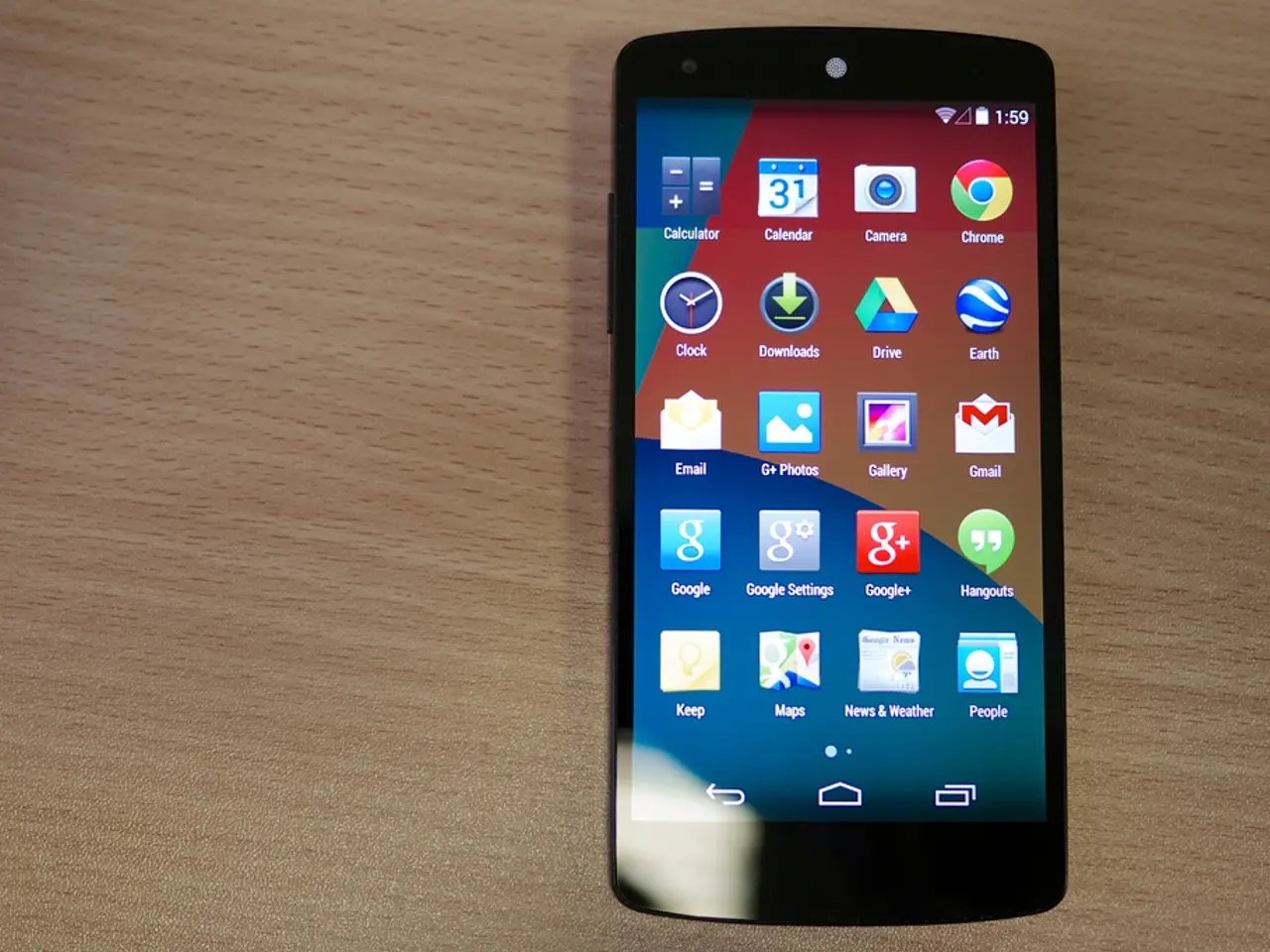Is the Mobile App Revolution Shaping Education's Path Forward?
In the modern world, technology has become an integral part of our lives, and this is particularly true in the education sector. According to Statista, education ranks third in the most popular mobile app category globally.
For educational organizations and aspiring entrepreneurs looking to go mobile with their courses or eLearning modules, a custom mobile application is the best fit. This digital transformation allows learning to be accessible from anywhere in the world, a feature that has become increasingly important in our globally connected society.
One of the key advantages of these mobile applications is the use of Artificial Intelligence (AI) and chatbots. These tools provide a tailored learning environment, enabling lectures to be converted into a series of messages that adapt to the user's comprehension level. This personalization is one of the most significant benefits of AI in education, altering the educational experience in numerous ways.
Augmented Reality (AR) is another technology making waves in the mobile learning landscape. Unlike Virtual Reality, which builds new virtual worlds, AR simulates effects in the real world. An example of this is Google Translate, which can translate text recorded via your camera in real-time.
The market for mobile learning is expected to grow strongly between 2021 and 2026, according to the IMARC Group. In fact, the mobile learning market size is anticipated to grow from USD 8 Bn to USD 95 Bn between 2018 and 2026, with a Compound Annual Growth Rate (CAGR) of 26%.
Popular educational mobile applications worldwide are developed by companies such as Byju's (India), Duolingo (USA), Coursera (USA), Kahoot! (Norway), and Tencent (China). These platforms offer a wide range of courses, with Duolingo, for instance, allowing users to learn over 30 languages.
Incorporation of AI in education, specifically in Australia, has significantly benefited the Australian education landscape. Bada Business, an entrepreneur-training application developed for iOS and Android platforms, is an example of this.
Gamification, the use of game design elements in non-game contexts, is another trend in mobile learning. This approach makes learning enjoyable, resulting in increased student engagement and improved focus levels. An example of a mobile app that uses Virtual Reality for education is Anatomyou VR, which educates users about human anatomy in an engaging and immersive way.
The rise of smart devices has sparked a mobile learning revolution. Voice assistants, used by roughly 3.5 billion individuals worldwide, and expected to reach 8.4 billion voice assistant-enabled devices by 2024, are also playing a significant role in this revolution.
In conclusion, the education industry has shifted towards creativity, connectivity, and critical thinking, and mobile learning is at the forefront of this transformation. With its wide range of applications and the continuous advancements in technology, mobile learning is set to revolutionize the way we learn and educate for years to come.
Read also:
- Leading Human Resources Leaders Poised to Assume Roles of Cultural Advocates, Guardians of Evolution, and Data Analysis Experts
- Turbine operators in Thuringia now face the task of dismantling underpinnings.
- Finalist Interview for 2025 Sustainability Awards: DS Smith's fiber-based packaging for PET bottles
- Lucrative Business Opportunities in Nigeria: Discover Profitable Enterprises Immediately




